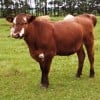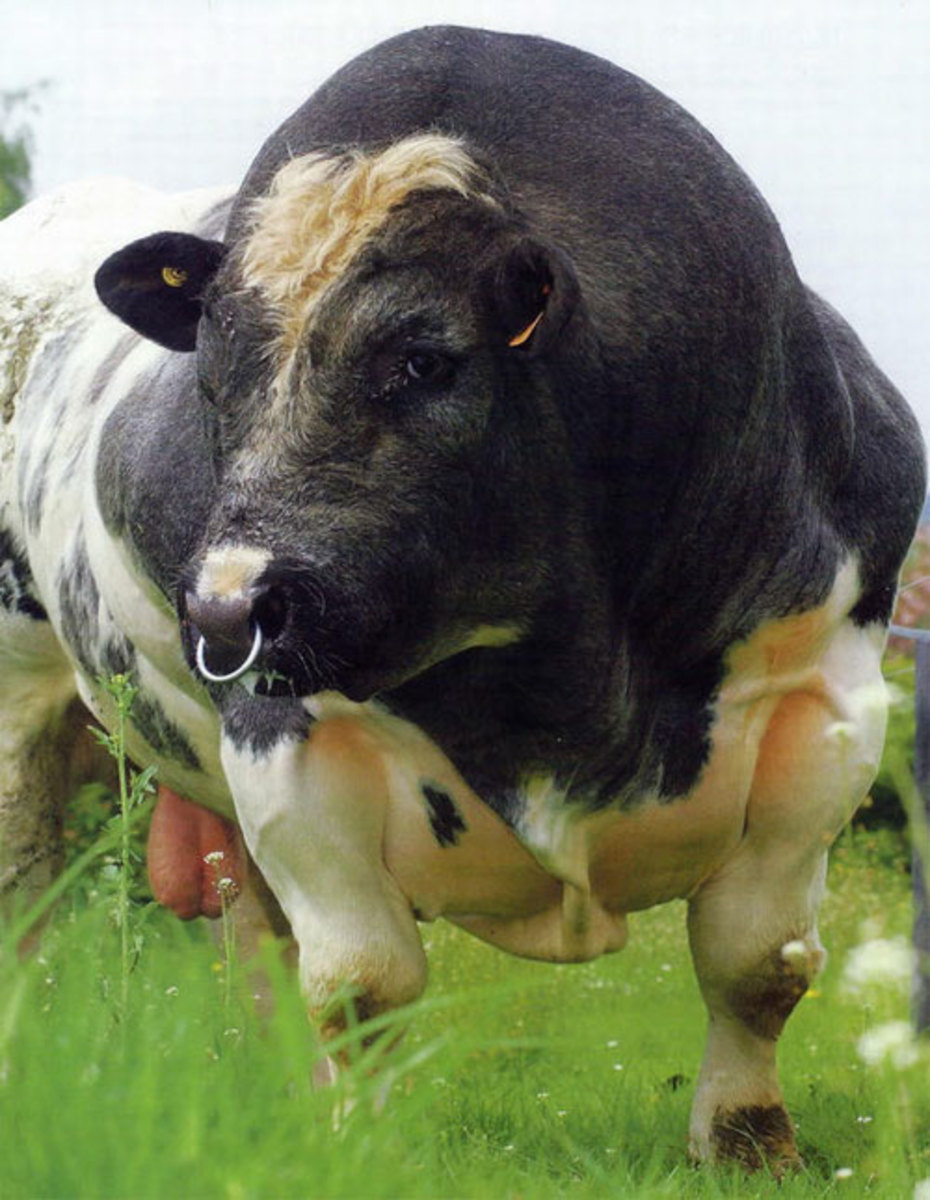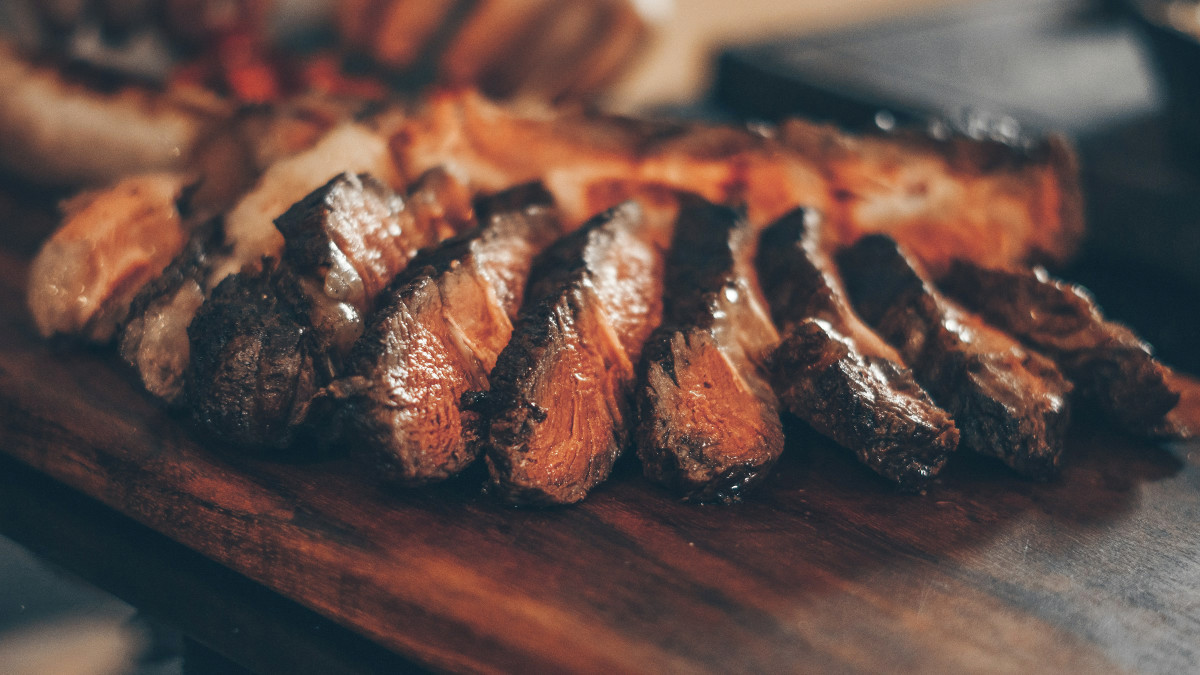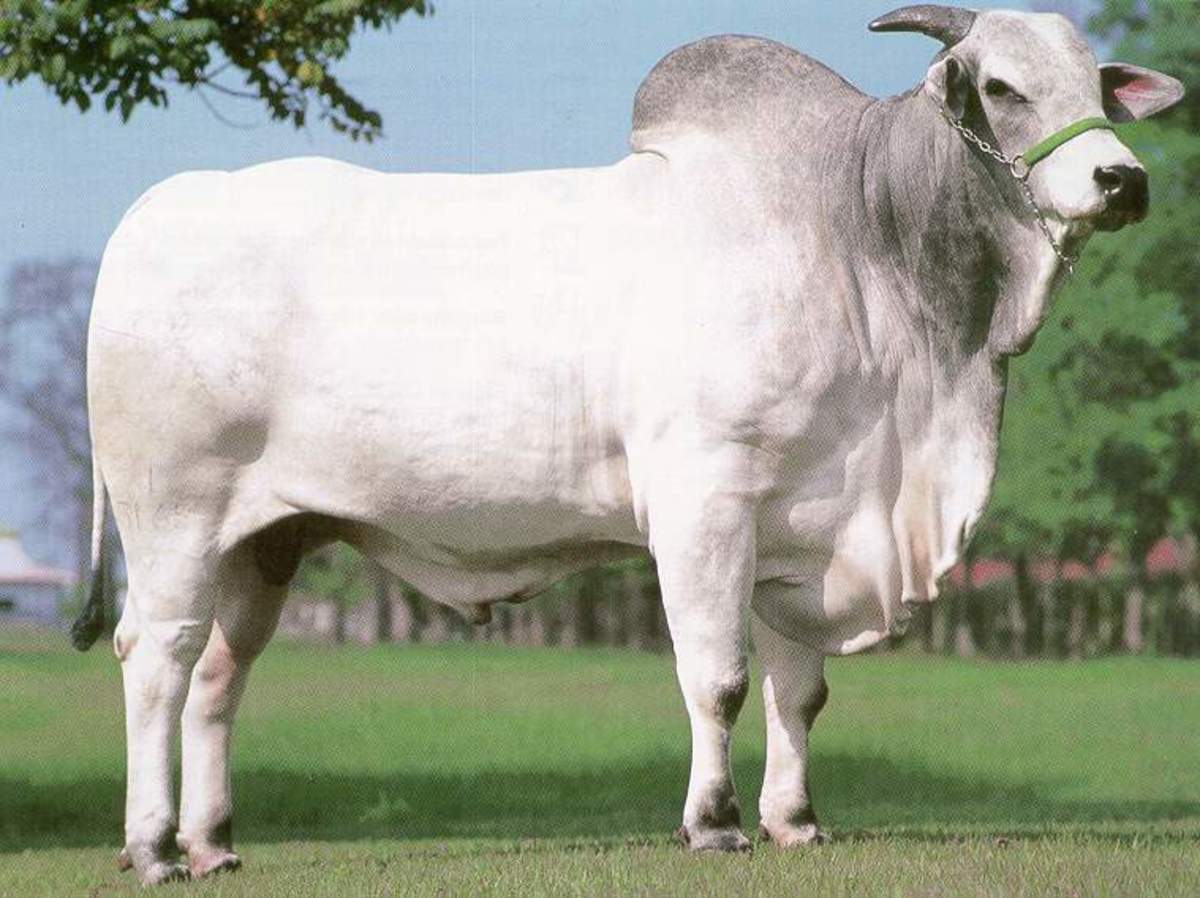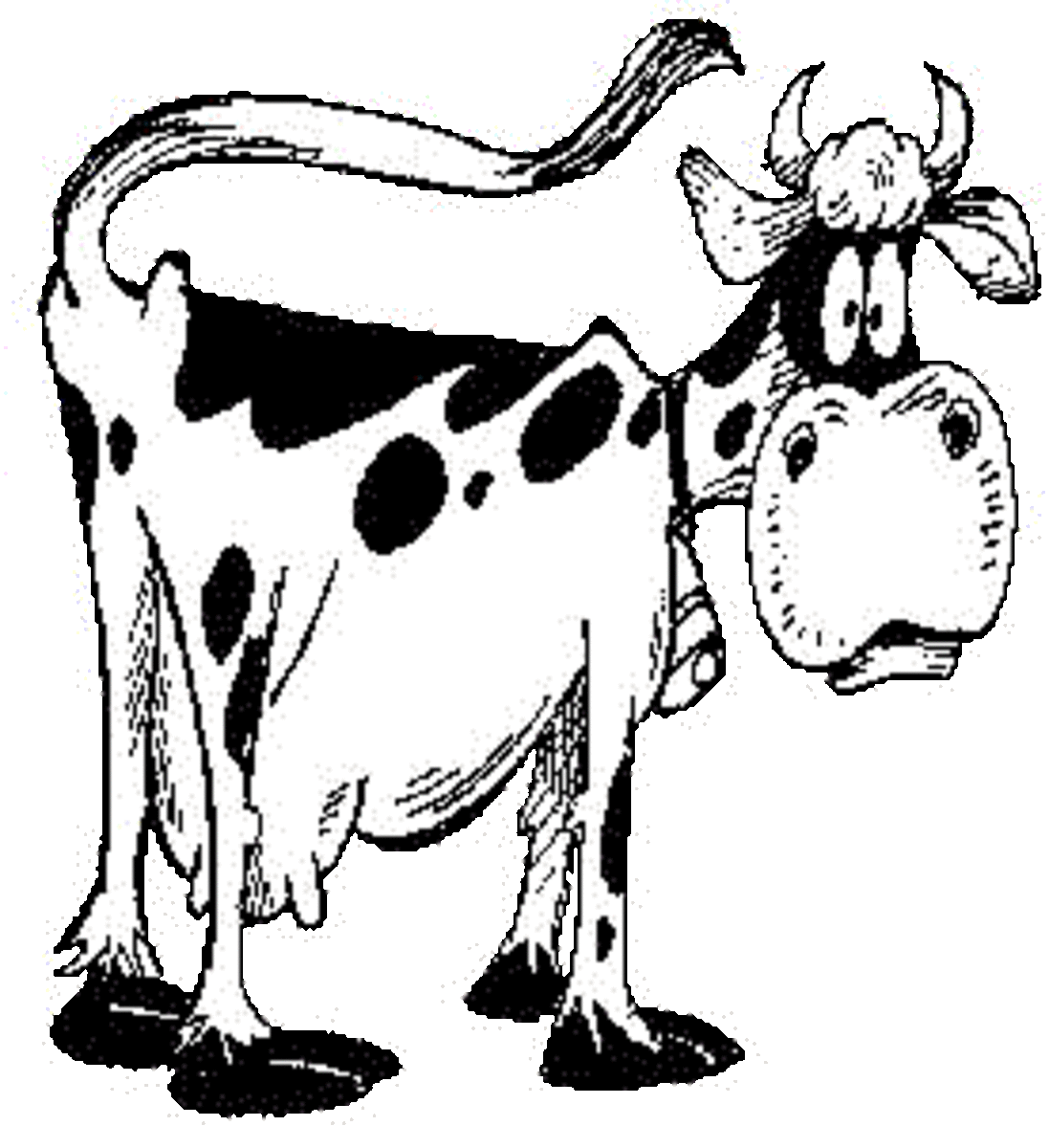How Do You Tell Good Quality Beef?
The CORRECT Way of Determining Quality
First of all, after reading this answer to this question I have this to say: "they", as in the meat industry, doesn't add a red dye to give that cut of beef that "lovely red colour." If you've seen a hanging carcass of a beef animal, the meat retains its red colour throughout the hanging process; it does not get that grey colour. The only time it will get that it MIGHT get that grey colour is if it's exposed to air and/or natural sunlight, which indicates improper curing/hanging processes of the meat. Otherwise, all the beef that I've seen from a steer that was raised on this farm and slaughtered locally and hung to cure properly, still retains that natural red colour that makes it red meat.
But colour is, in fact an indicator of quality. If the meat is a dark red colour instead of a lighter, more "normal" red, that is an indication that the animal, before slaughter, was under a lot of stress. Stress releases adrenalin hormones, which initiate the flight-or-fight response, and causes more blood to be released into the muscles than in other organs, hence the darker red colour. Dark red meat is tougher and stringer than meat from calmer beef cattle. Cattle that are calm and not in a high-stress mode before they are stunned and killed will have a lighter red colour (the more "normal" red), and the meat will be more tender.
Marbling is intramuscular fat found in between the muscle fibers of a cut of beef. The misconception of "the more marbling the better" is false, as a higher grade of beef seems to contribute to more health problems (because of the higher fat content) than leaner beef. Prime cuts of beef have a high level of intramuscular fat, which, on one hand, make cooking, broiling, or roasting them quicker and easier and makes them more tender and juicier, but on the other contains lots of saturated fatty acids and HDL's, not great for a person's health. A more moderately marbled cut of beef is what most consumers like to look for, one which not too much marbling but enough to still retain the tenderness and juiciness of a good slab of steak. Select or Choice is the grade that most supermarkets put on their shelves. Leaner beef from locally raised or naturally-raised beef is even healthier than the grain-fed beefn sold at your local supermarket, and tastes better, especially if you know how to cook it right.
Taste has little to do with how well a cut of beef is marbled. It has way more to do with what the animal has eaten before slaughter; a steer that has been corn-fed has steak that tastes different than if it was barley-fed; a grass-fed steer also tastes different than a grain-fed steer. Grain-fed animals tend to put on more fat quicker, and have a higher density and more lighter coloured fat than grass-fed animals. Grain-fed beef has a much more milder, more cardboard-like taste to it than the stronger grass-fed beef. Grass-finished animals have a leaner carcass, with not so much intramuscular and extramuscular fat as grain-fed animals. Their fat is also a yellowish colour, which is not an indicator of poor quality; it's an indicator of the exact opposite. Yellow colour in the fat is simply an indication of what the animal has been fed before slaughter: GRASS. Grass contains carotenoids which makes the colour of the grass and other plant and vegetables the vibrant colours that they are. Livestock that have eaten a forage diet like grass tends to "collect" these carotenoids in their fat, making the fat a yellowish colour. Yellow fat is better quality than white fat: It contains lower saturated fatty acids, and is higher in Omega-3-fatty acids than grain-fed beef is.
How you cook the meat depends on whether it will be tough and stringy or tender and juicy, as grass-fed beef should be cooked differently than your conventional grain-fed steak.
Large amounts of fat in an animal doesn't mean that it has been force-fed before slaughter. It has more to do with breed. Early maturing beeves like Angus tend to put on a lot of fat earlier and quicker than later maturing beeves like Simmental or Charolais. WHAT they have been fed also matters: a 90% grain diet will have them put on a lot of fat in a short period of time than a forage diet will in the same period of time. Beefers that have a large amount of intramuscular fat indicate that they have stopped growing and are putting way more fat on than they needed to; this means that more fat has to be trimmed off the carcass, and what is collected in the muscle that cannot be trimmed is down-graded in prices because of the excess fat in the muscle tissues.
Like I mentioned above, lack of marbling does not have to mean inadequate feeding. It can however, but it also depends on, again, what the animal was fed before slaughter. Roughage versus grain tends to make the level of marbling on the beef carcass different; breed also makes a difference, as Angus tend to put more marbling on their carcasses no matter what they are fed, whereas Continentals or late-maturing breeds like Holsteins, Simmentals, Limousin, Charolais or Maine Anjou (to name a few) have a harder time having a higher fat-to-muscle ratio than British breeds (Angus, Shorthorn, Hereford, etc.) The meat, with lack of marbling, can only be tough and stringy if you cooked it wrong. Tastelessness contributes to, again, what the animal was fed prior to slaughter.
See, lack of education and increased misinformation tends to initiate bias as to the "proper" ways of determining meat quality. There is much more to how to determine quality than looking, tasting and chewing it.
